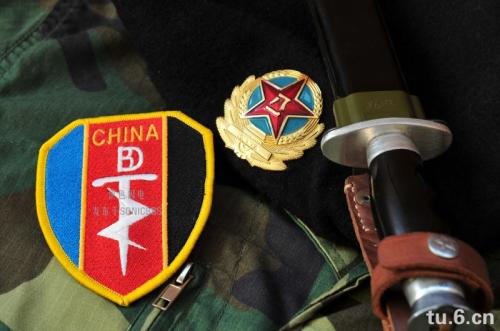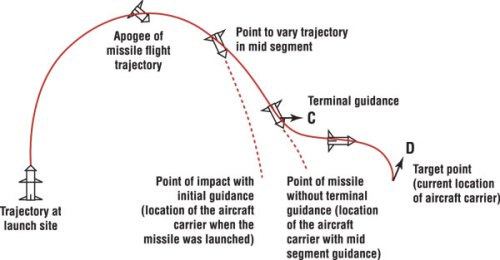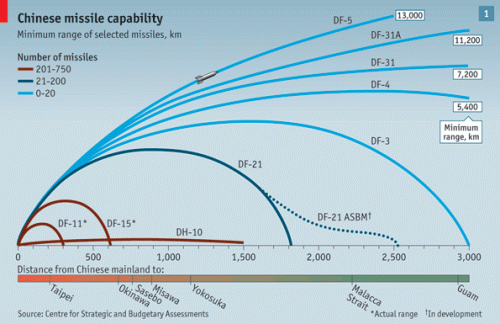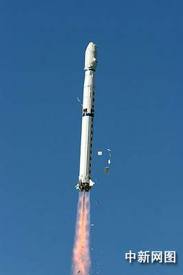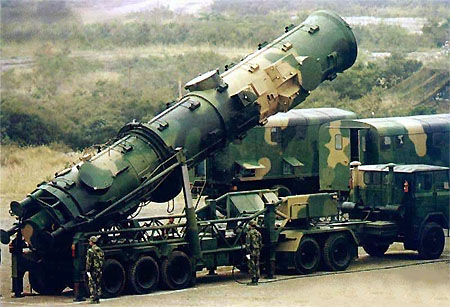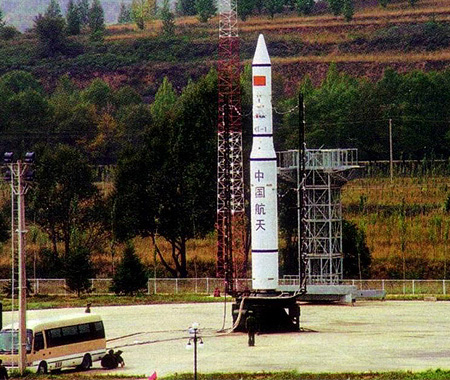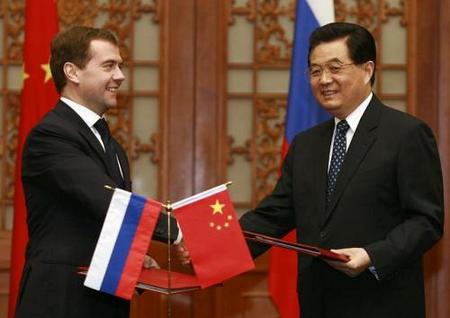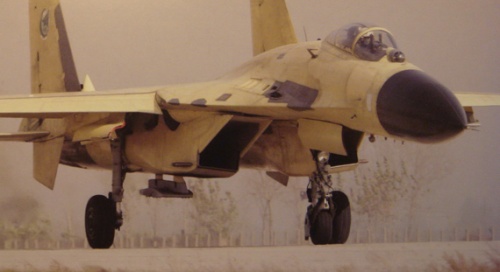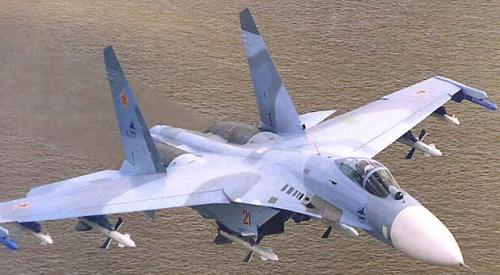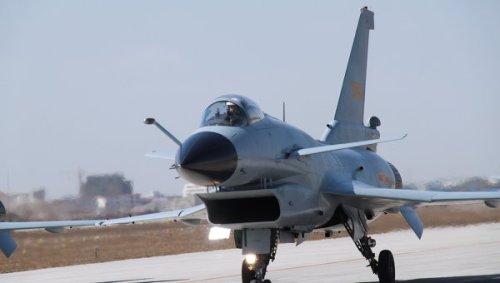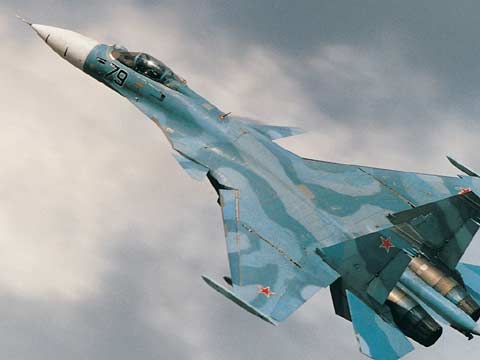Dilemmas of Small Nuclear Forces, 4-series of articles highlighting the Nuclear Doctrine of Pakistan, its command and control system. The series contain 3 articles: First article (below) explore the Rise of Nuclear Deterrence, Second: is subjected to Post-1998 Doctrinal Contemplation, Third: Confidence-Building Measures between India and Pakistan, and Fourth: concludes with the military objectives of Pakistan’s nuclear weapons and highlights from the Nuclear Security Summit 2010.
A doctrine could be defined as a set of principles formulated and applied for a specific purpose, working towards a desired goal or aim. A nuclear doctrine would consequently consist of a set of principles, and instructions for the employment or non-employment of nuclear weapons and other associated systems. Until 2005, India and Pakistan were the only states outside the Nuclear Nonproliferation Treaty to declare, openly, their nuclear weapons capability. In 1998, they tested nuclear weapons and since then, deployed ballistic missiles, enunciated nuclear doctrine, and made organizational changes to their nuclear establishments. In 2002, they teetered on the brink of war in Kashmir. The second half of this article dilate somewhat the factors that have conceived the concept which has formulated the nuclear doctrine of Pakistan. I certainly believe that in South Asia a balance of power cannot be maintained by conventional means alone. This article endeavours to construct a proto Pakistani nuclear use doctrine from its declaratory and operational postures, in particular from the statements and interviews of the Pakistani political and military leaders and government officials. Initially reflecting upon its pre-1998 nuclear strategy, which has got critical implications for the post-tests doctrinal contemplation.
Pakistan is believed to have been developing a nuclear capability since the early 1970s. In May 1998, Pakistan responded to India’s nuclear tests by testing a series of nuclear weapons and declaring itself a nuclear weapon power. Pakistan, like India, has supported comprehensive disarmament proposals at the United Nations and Conference on Disarmament, but did not join the CTBT for similar reasons as India. Pakistan has proposed a number of bilateral or regional initiatives which India has not supported. These include a Nuclear Weapons Free Zone in South Asia and joining the NPT. India opposes these on the grounds that they do not address the nuclear threat India faces from China and the other NWS. Pakistan and India have concluded a number of bilateral confidence building measures including a hot-line agreement and an agreement not to attack each other’s nuclear power facilities.
While all these (including Pakistan, India, North Korea and Israel) small nuclear powers are in the process of developing their nuclear force structures, two key questions that have arisen are: How, when and for what purposes do they plan to use nuclear weapons? And what command. The word “small” here distinguishes these nation and their doctrines from U.S.A, UK, France and Russia. Prime focus is to understand the emerging structure of Pakistan’s Nuclear Doctrine.

President Barack Obama greets Pakistan's Prime Minister Yusuf Raza Gilani at the Nuclear Security Summit in Washington April 12, 2010. REUTERS/Kevin Lamarque
In The Myth of Independence, Zulfikar Ali Bhutto (president of Pakistan in December 1971) argued that modern wars should be conceived of as total wars, and in this type of war Pakistan needed nuclear weapons. Bhutto’s thinking, as will be analysed below, had far-reaching impacts on Pakistan’s nuclear strategy, and on its doctrinal contemplation. Soon after assuming Presidency of Pakistan on 20th December 1971 he took the decision to initiate a nuclear weapons project. This decision was taken against the backdrop of three specific factors: firstly, it was a direct consequence of the 1971 war where Pakistan’s conventional inferiority was demonstrated for the third time, at the cost of almost half of its territory; secondly, Pakistani leaders in general (particularly Bhutto) were convinced that India was determined to build a nuclear arsenal; and thirdly, Bhutto believed that only nuclear weapons could guarantee the national survival of Pakistan against the Indian threat.8 It is evident that Pakistan’s nuclear weapons project was initiated to deter Indian nuclear as well as conventional aggression, an aim that endured in the subsequent years and today constitutes one of the central pillars of Pakistan’s nuclear use doctrine.
Brass Tacks Crisis – First Nuclear Deterrence Posture [1986-1987]

After India and Pakistan held nuclear tests in 1998, experts have debated whether their nuclear weapons contribute to stability in South Asia. Experts who argue that the nuclear standoff promotes stability have pointed to the U.S.-Soviet Union Cold War as an example of how deterrence ensures military restraint.
First employment of Pakistan’s nuclear deterrent stratagy was during the 1986-1987 brasstacks crisis between India and Pakistan. With the crisis peaking in January 1987, India had deployed 400,000 troops, or about half the Indian army, within 100 miles of Pakistan. It began when India had launched the largest ever military exercises in the subcontinent, called Operation Brass Tacks. The exercise would take place not in India’s far north, where the always tense state of Kashmir is located, but in the desert area of Rajastan, a few hundred miles from the Pakistani border, which, a the Pakistani government was sure to note, was and ideal location from which to launch a cross border operation into the Pakistani state of Sindh that could cut Pakistan in half. The exercises included bulk of Indian Army, and was comprised of the nine infantry, three mechanised, three armoured and one air assault divisions, and three armoured brigades under four corps HQ with all theparaphernalia for a real war, concentrated on Pakistan’s sensitive border areas. This was bigger than any NATO exercise – and the biggest since World War II. Also planned was an ambitious amphibious operation by the Indian Navy with one division, in Korangi area of Karachi. Another feature of the exercise was a decision by General Sundarji to integrate Indias special weapons, including tactical nuclear into day-to day field maneuvers of the troops.
Pakistani military analysts saw Brass Tacks as a threatening exhibition of an overwhelming conventional force. Some even suspected that India wanted to launch swift surgical strikes at the Sikh terrorists’ training and planning sites inside Pakistan. Pakistan responded with maneuvers of its own that were located close to India’s state of Punjab. The crisis atmosphere was heightened when Pakistan’s premier nuclear scientist Abdul Qadir Khan revealed in a March 1987 interview that Pakistan had manufactured a nuclear bomb. Although Khan later retracted his statement, India stated that the disclosure was “forcing us to review our option.” Interview by Dr A.Q Khan’s interview to Indian journalist, Kuldip Nayar records:
what the CIA has been saying about our possessing the bomb is correct and so is the speculation of some foreign newspapers … They told us that Pakistan could never produce the bomb and they doubted my capabilities, but they now know we have done it … Nobody can undo Pakistan or take us for granted. We are there to stay and let it be clear that we shall use the 10 bomb if our existence is threatened.
Formal and impromptu talks between the leaders of the two countries finally resulted in a number of new CBMs between India and Pakistan. These were important and covered a number of areas. For example, the Agreement on the Prohibition of Attack against Nuclear Installations and Facilities was signed on December 31, 1988, in Islamabad by the two foreign secretaries and witnessed by the two prime ministers, Rajiv Gandhi and Benazir Bhutto, respectively. Earlier fears of impending attack on the facilities resulting in an all-out war fed the need for the agreement.
Kashmir – Second Nuclear Deterrence Posture [1990]

Kashmir has been a flashpoint since Indian and Pakistani independence in 1947. Many analysts have feared that nuclear weapons could be used if conventional hostilities over Kashmir were to spiral out of control, especially if, as in 1965 Indo-Pakistan conflict
Pakistan again advanced a nuclear deterrent posture in 1990 in the context of a spiralling crisis over the disputed territory of Kashmir, which developed against the backdrop of an acute separatist insurgency in the Indian. Reportedly, New Delhi planned for surgical air strikes against the militant training camps inside Pakistani territory, which prompted Islamabad to assemble a crude nuclear bomb and modify several American supplied F-16 aircrafts for its delivery. The crisis was eventually averted through diplomatic intervention from Washington, but Islamabad firmly believed that Pakistan’s deterrence posture prevented India from carrying out the planned strike. This crisis also marked the emergence of a nascent mutual nuclear deterrence in the Indo-Pakistani context.
Command and Control of Nuclear Deterrence
What did emerge during this period, primarily in the context of the 1986-87 Brasstacks crisis and the 1990 Kashmir episode, was a general notion of nuclear deterrence, which implied that Pakistan would use nuclear weapons to counter India’s nuclear as well as conventional aggression. to build a robust nuclear command structure. However, former Army chief of staff General Mirza Aslam Beg has claimed that the Pakistani leadership realised the necessity of establishing a command structure,
given the tension, mutual mistrust and suspicion between India and Pakistan, it is dangerously tempting for each to launch an attack before being attacked which could escalate to a nuclear level.
Bhutto had established a National Nuclear Command Authority (NNCA) in the 1970s, which institutionalised the nuclear decision-making and assumed the responsibility of developing a nuclear force structure and appropriate alert posture. (‘NNCA Responsible for Safeguarding Nuclear Programme, The News, 2 June 1998).
Pakistan Nuclear Capabilities and Thinking
Most observers (SIPRI Yearbook 1995, Bulletin of Atomic Scientists, 1998) estimate that Pakistan has enough nuclear material (highly enriched uranium and a small amount of plutonium) for 30 to 50 nuclear weapons. Like India, Pakistan is thought to have a small stockpile of nuclear weapons components and can probably assemble some weapons fairly quickly. Pakistan could deliver its nuclear weapons using F-16s (shown above) it purchased from the United States provided the appropriate “wiring” has been added to make them nuclear-capable. In the 1980s, Pakistan moved assiduously to acquire ballistic missile capabilities and now deploys short-range ballistic missiles and a small number of medium-range missiles. AQ Khan, former head of Khan Research Laboratories, maintained that only the medium-range Ghauri missiles would be usable in a nuclear exchange (given fall-out effects for Pakistan of shorter-range missiles). Other observers view the 30 to 50 Hatf2 short-range (300km) missiles (modified Chinese M-11s) as potential delivery vehicles for nuclear weapons. Ghauri missiles (1350 and 2300km), which reportedly are based on the North Korean No-Dong and Taepo-Dong-1, are capable of reaching New Delhi with large payloads.

It is believed that Because of its fears of being overrun by larger Indian forces, Pakistan has rejected the doctrine of no-first-use. In May 2002, Pakistan’s ambassador to the UN, Munir Akram, stated that “We have not said we will use nuclear weapons. We have not said we will not use nuclear weapons. We possess nuclear weapons. So does India ...We will not neutralize the deterrence by any doctrine of no first use
On June 4, 2002, President Musharraf went a step further then his UN ambassador sna stated that: “The possession of nuclear weapons by any state obviously implies they will be used under some circumstances. In recent years, Pakistan apparently has taken steps toward refining command and control of nuclear weapons. In April 1999, General Musharraf announced that the Joint Staff Headquarters would have a command and control arrangement and a secretariat, and a strategic force command would be established. With some experience and the passage of time a degree of sophistication will certainly be introduced in Pakistan’s nuclear doctrine of the first-use of nuclear weapons to provide the government more options in the use of nuclear weapons. This would also avoid unessential collateral damage to cities and other population centres in both countries. The object would be to employ nuclear weapons if attacked yet cause the least civilian casualties and damage to infrastructure.
Refferences
Escalation Control in South Asia,’ in Escalation Control and Nuclear Option in South Asia, eds M. Krepon, R. W. Jones, and Z. Haider, The Henry L. Stimson Center, Washington, D.C., 2004, p. 89.
Z. A. Bhutto, The Myth of Independence, Oxford University Press, Lahore, 1969, p. 153.
B. Chakma, ‘Road to Chagai: Pakistan’s Nuclear Programme, Its Sources and Motivations, Modern Asian Studies, vol. 36, no. 4, 2002, p. 887.
P. Hoodbhoy, ‘Nuclear Deterrence – An Article of Faith,’ The News (Rawalpindi), 17 March 1993.
‘NNCA Responsible for Safeguarding Nuclear Programme, Says Beg,’ The News, 2 June 1998.
S. H. Hasan, ‘Command and Control of Nuclear Weapons in Pakistan,’ Swords and Ploughshares, vol. 9, no. 1, 1994, p. 13.
Images: Title: Nicholson cartoon (www.nicholsoncartoons.com.au), and Reuters


